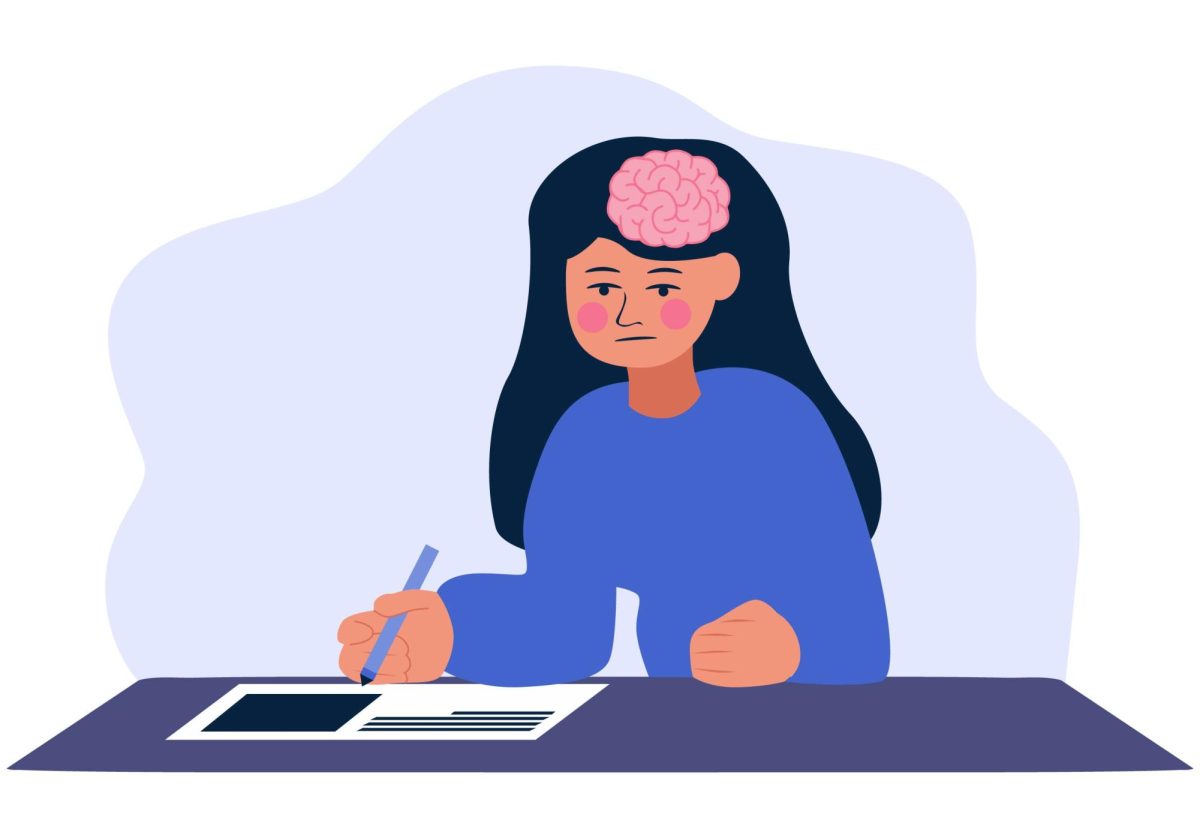It’s that time of year once again. The chill of winter is creeping in, the sun is setting ludicrously early and some of us are feeling more lethargic and gloomy than usual.
I’ve lived in Minnesota for my entire life, and I am unable to remember a time when the transition to colder months didn’t affect my mood. I dread the end of daylight saving time — what I consider to be the de facto beginning of winter — every year because it saps my energy. I feel like a plant, fueled by sunshine; getting anything done in premature darkness requires motivation that is harder to come by.
Brain chemistry is to blame: The sunlight that we are so cruelly deprived of during the winter months stimulates the production of serotonin, a neurotransmitter that, among other things, stabilizes mood. Conversely, darkness stimulates the production of melatonin, which regulates sleep.
On top of shorter days, Minnesotans must face another challenge when it comes to the winter blues; bitter cold and harsh winter weather can exacerbate the dread some, including me, associate with winter.
Sometimes, I feel like a fake Minnesotan for having such an overwhelmingly negative perspective on winter. After all, our winters define us. What would Minne-snow-ta be without its hostile weather conditions?
This perceived fraudulence isn’t enough to stop me from daydreaming about warmer climates, however.
But what can we do, short of moving to a state whose weather is more forgiving?
We could get more light, perhaps. Researchers at the National Institutes of Health recognized the link between light (or a lack thereof) and seasonal depression back in the 1980s, and light therapy has since become a standard treatment. Those undergoing such treatment sit in front of a light box for 30 minutes or more each day, and typically do so well into spring.
Though it’s been recognized and used as a first-line treatment for decades, light therapy seems now to be more popular than ever, likely due in no small part to the convenience and ubiquity of online shopping. “Light therapy lamp” is a Google search term that has, according to Google Trends data, been more popular than ever these last two winters. It is also on track to be just as highly searched this season, yielding thousands of hits and an overwhelming number of review lists: “Best Light Therapy Lamps That Actually Work,” one result from Prevention reads.
Studies have shown that light therapy eases symptoms of seasonal depression in about 70% of patients, according to the National Institutes of Health.
For those who aren’t so keen on purchasing a large (and sometimes expensive) light box for their homes, Mark Frye, a psychiatrist at the Mayo Clinic, offers some free alternatives. Maximizing daylight exposure is one potential solution: building walks into your everyday schedule, for example. Regularly interacting with friends and family as well as consistent exercise (Frye recommends at least three times a week for 30 minutes each) can also serve as mood boosters.
Though this is perhaps once again acting contrary to my Minnesotan ideals, I will also offer this: if you suffer from winter blues, don’t just grin and bear it. The isolation of the last year and uncertainty of the present have left many of us more emotionally fragile than we would otherwise be, and the added burden of battling symptoms of seasonal affective disorder makes things all the more difficult.
For University of Minnesota students, Boynton Mental Health currently offers both in-person and virtual counseling and psychiatric visits for students. More information can be found on their website.













